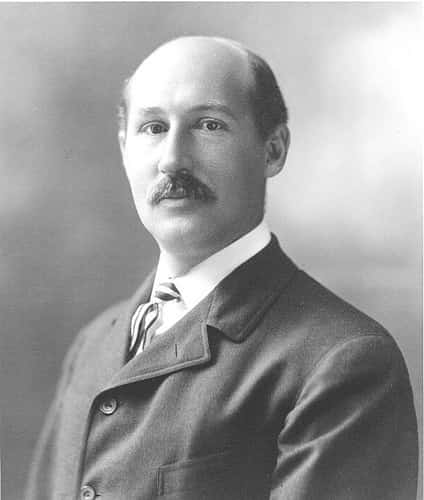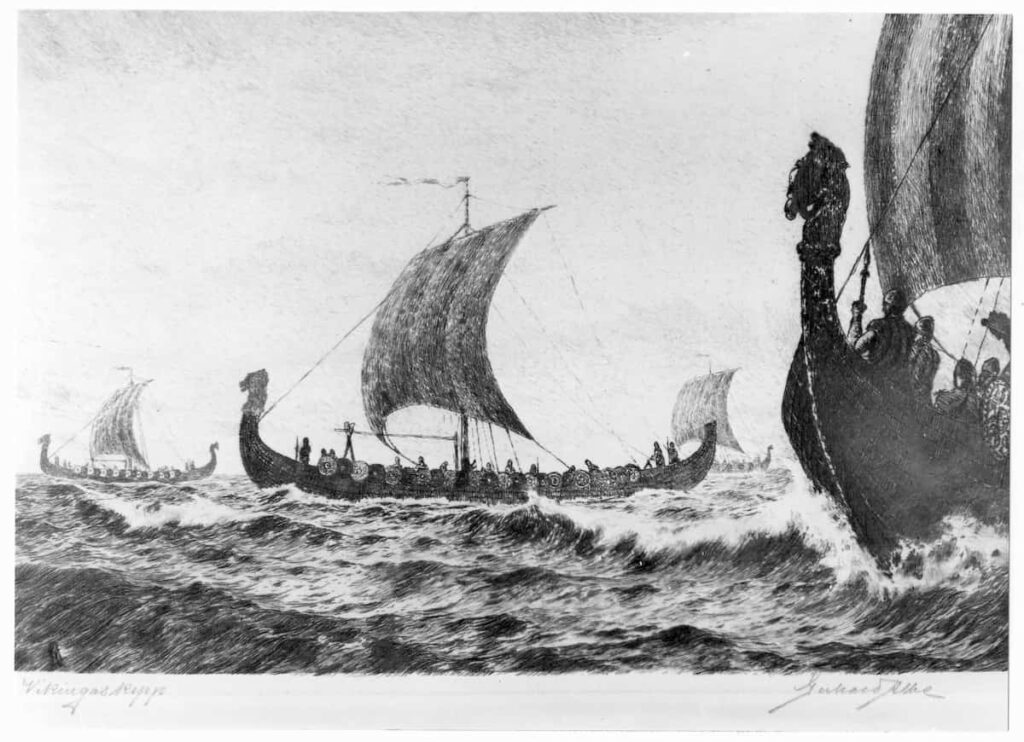Bodie the ghost town.
Nestled amidst the majestic mountains of California lies Bodie, the legendary ghost town steeped in history and intrigue. With its crumbling facades and abandoned buildings, Bodie is a testament to the fleeting nature of man’s dreams and aspirations. A ghost town that once bustled with activity during the gold-mining era of the 1800s, Bodie now draws visitors from around the world who come to explore its mysteries and unearth its secrets.
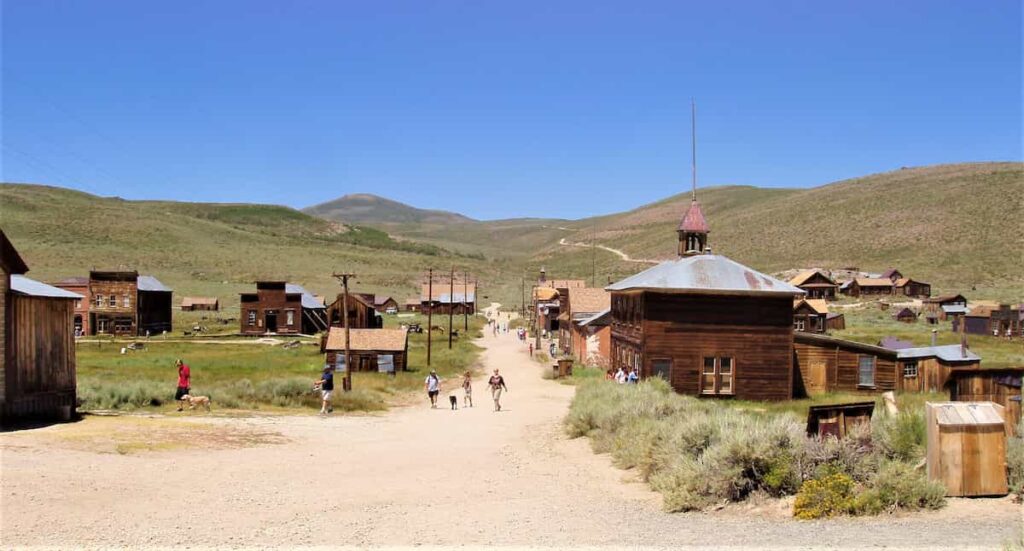
A short background to Bodie’s fame.
The history of Bodie reads like a thrilling novel, with twists and turns at every corner. Gold was discovered in 1859 and after that, Bodie quickly grew into a thriving metropolis that at its peak boasted a population of over 10,000. With its bustling streets and bustling businesses, Bodie was a beacon of prosperity and opportunity.
However, fame and glory would be short-lived. As the gold began to run dry, the population dwindled. By the beginning of 1900, Bodie was on the brink of collapse, and many of its buildings were left to the elements. But just as the town seemed destined to fade into obscurity, fate intervened, and Bodie was reborn as a State Historic Park in 1961. Today, Bodie stands as a testament to the tenacity and resilience of the human spirit, a haunting reminder of a bygone era that still captivates the imagination.
Paranormal activity in Bodie
Reports of ghosts in Bodie
The town of Bodie has long been renowned for its chilling paranormal activity, with countless reports of ghostly sightings permeating its eerie atmosphere. Visitors to the ghost town often report an unsettling presence, the faint echo of mysterious noises, and apparitions of a seemingly supernatural origin.
Visitors have claimed to have seen the ghost of a little girl in the old schoolhouse. There have been reports of the apparition of a woman in a white dress walking about at the cemetery. Some have felt cold spots, sudden gusts of wind, and other spectral sensations, despite the stillness of the surrounding air.
Haunted locations in Bodie
Numerous locations in Bodie are believed to be haunted, with the town’s cemetery being a hotspot of spectral activity. The cemetery is said to house the spirit of a man buried alive and the ghosts of several children who succumbed to a diphtheria outbreak.
The old schoolhouse is also reputed to be a hub of ghostly activity, with visitors reporting inexplicable noises and sightings of mysterious apparitions. The Dechambeau Hotel, a popular haunt for ghost hunters, has been associated with spectral voices and inexplicable footsteps, with guests claiming to have encountered unexplained phenomena during their stays.
Theories on why Bodie is haunted
Several theories exist to explain Bodie is haunted, with some speculating that the town’s violent past has imbued it with a metaphysical residue that continues to pervade the town. There are speculations that the spirits of those who perished during the town’s heyday still wander the streets, searching for a means to ascend to the afterlife.
Still, others believe that the gold that originally drew people to Bodie may have an esoteric energy that has imbued the town with an otherworldly presence. Ore that the town’s location on the fringe of a vast, untamed wilderness has attracted ghosts and paranormal activity, making uneasy presences approach from far and wide.
We don’t know the reason but Bodie’s reputation as a haunted destination has only grown over time. More and more curious visitors come from all corners of the globe, eager to explore its eerie and enigmatic past.
Ghost sightings in Bodie
Popular ghost stories from Bodie
Bodie the ghost town has many stories to tell. Among the most popular is the tale of the “little girl of Bodie,” a spectral child who is said to haunt the town’s schoolhouse. Visitors claim to have seen her apparition drifting through the halls, accompanied by the sound of her spectral laughter.
Another chilling tale is that of the “hanging tree,” a gnarled old tree located near the town’s cemetery, said to have been the site of many lynchings during Bodie’s heyday. Visitors claim to have seen the ghosts of the unfortunate souls who perished there, still hanging from its twisted branches.
Photos and videos from Bodie the ghost town
Visitors to Bodie have captured photographic and video evidence of ghostly apparitions, lending further credence to the town’s reputation as a hotbed of paranormal activity. Photos and videos of spectral figures moving through the streets, mysterious orbs, and unexplained phenomena continue to circulate on social media and the internet, fueling the town’s eerie reputation and drawing in curious visitors from all corners of the globe.
Strange appearances in Bodie
Paranormal investigations and their conclusions
Over the years, many paranormal investigators and ghost hunters have come to Bodie. Unfortunately, we don’t have any official, professional reports. The stories are mostly of private character, Youtubers shooting video footage during opening hours in the daytime. We have some of the normal scraping EVPs (Electronic Voice Phenomena), occasional touching, temperature drops, and other inexplicable movements of objects. Nothing decisive. The conclusions have been varied and inconclusive.
Experts on ghosts and what they say
Some experts on the paranormal have weighed in on the phenomena in Bodie, offering their own unique perspectives on the town’s haunting reputation. It is possible though that the town’s violent past, with its many lynchings and shootouts, has made Bodie a perfect target for unverified ghost stories.
There is also the town’s isolated location and harsh climate to consider. It could be suggested that these factors may have contributed to the high levels of paranormal reports in Bodie.
The legend about the curse of the stolen objects of Bodie.
There is an old legend regarding Bodie. It is believed that if anyone takes something away from Bodie, they will suffer from a string of misfortunes until they return the artifact. Every day the Bodie State Historic Park receives letters and packages of stolen items with letters attached asking them to take them back.
– Please take back this rock. After stealing it, I’ve never suffered such bad luck in my life.
In past years, many visitors used to steal souvenirs from the town. That resulted in a massive loss of historical artifacts. One day a park ranger evidently came up with a solution. He simply invented the idea of the curse and started spreading it. And it worked.
After some time, the park started receiving letters and packages containing stolen items with pleas to lift the curse. And possibly the fake legend will prevent new thefts because returning an old artifact doesn’t really solve the problem. Once the item is back in Bodie, it is out of its context. And it’s often not an easy task to understand from where it was taken. The risk is that it remains in a box in a warehouse forever.
Other documentation of interest
“Ghosts of Bodie” – a book by author Margie Kay, exploring the town’s supernatural phenomena
“Bodie: The Town That Belongs to Ghosts” – an article published in the LA Times, examining the history and paranormal activity of Bodie
And of course an abundance of video documentaries, but unfortunately, none are very convincing.
Is Bodie haunted or not?
Walking through the deserted streets of Bodie is a surreal experience. The abandoned buildings stand as silent witnesses to a violent past, and the atmosphere is heavy with the weight of history. The site is awesome and any sound or wind blowing across the empty streets just increases the eerie feeling
Having said that, it’s not a paranormal spot. I can’t find anything pointing to Bodie being more than just an awesome old abandoned town… A historical document, a doorway to a violent past, and a reminiscence of the men and women who built the new world.
Conclusion.
Bodie is a wonderful place, a ghost town in the mountains of California. But it is not haunted. Although the empty buildings, the windswept open surroundings, and the isolated position can easily make it seem that way.
- Bodie is located in the eastern Sierra Nevada mountains of California, about 75 miles southeast of Lake Tahoe.
- Take Highway 395 to State Route 270, which leads directly to the park entrance.
- The park is open year-round, but hours vary by season.
- March – October, 9:00 AM – 6:00 PM.
- November – February, 9:00 AM – 4:00 PM.
- The park is closed on Thanksgiving, Christmas, and New Year’s Day.
- Admission is $8 per person for visitors 18 years of age and older.
- Visitors 4 – 17 years of age: $5
- Under the age of 4 entrance is free of charge.
- Visitors can purchase tickets at the park entrance.
- Visitors are also reminded to not take any artifacts or souvenirs from the park, as it is illegal and can result in fines or prosecution. You may also be subject to the Curse of Bodie…
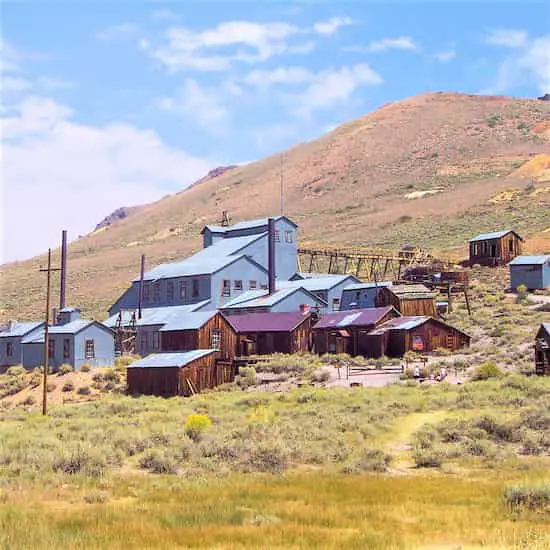
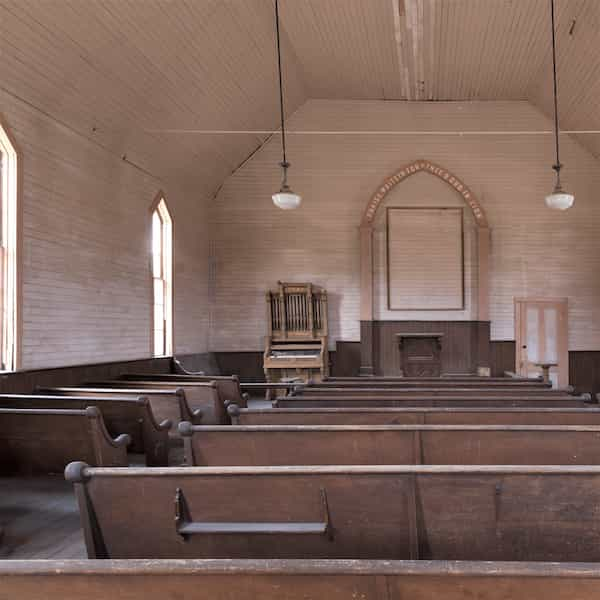
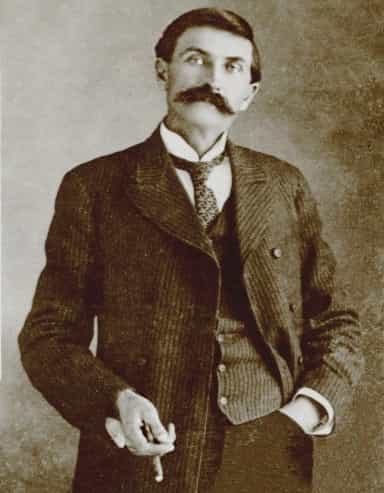
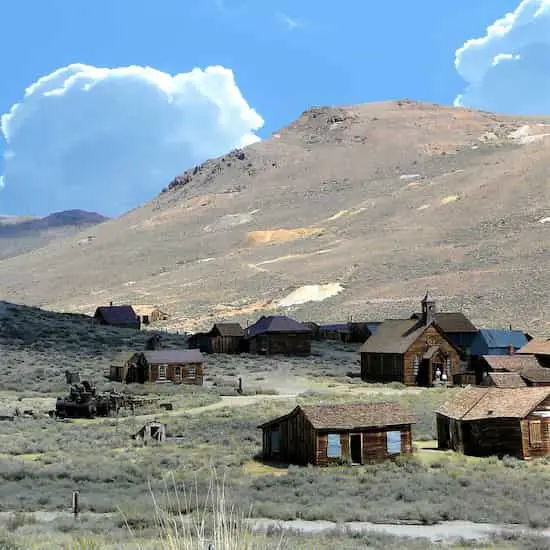
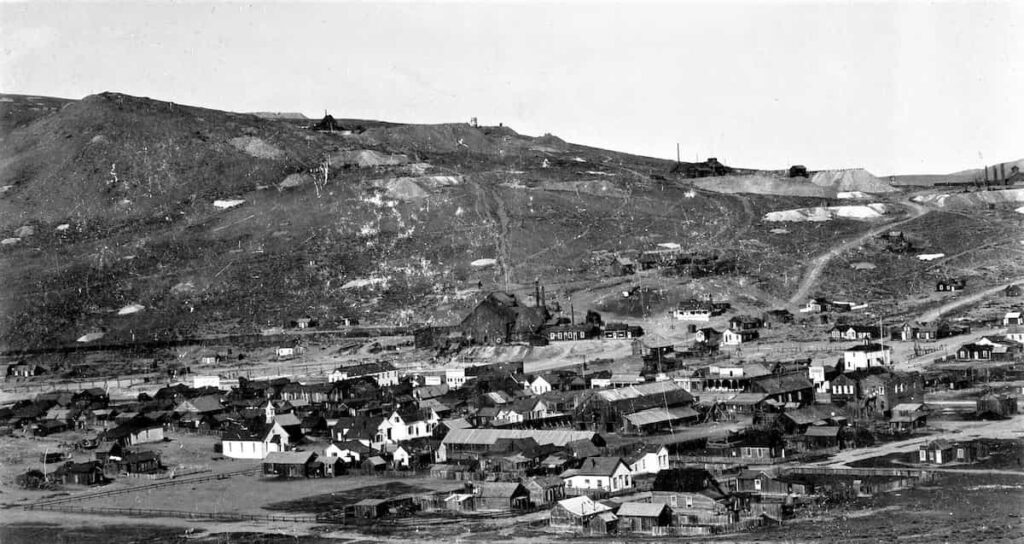

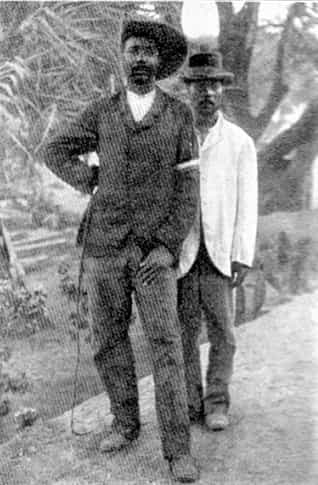
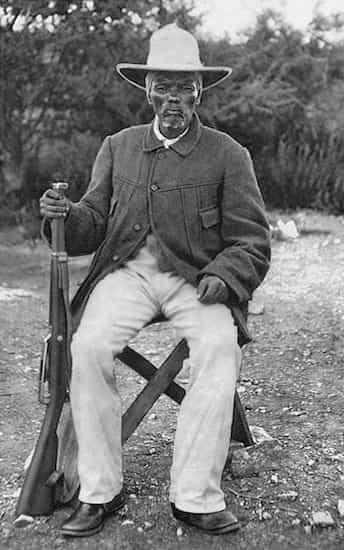
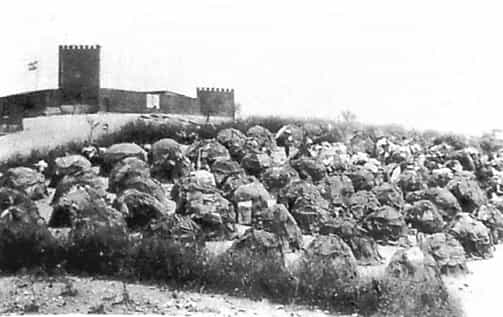
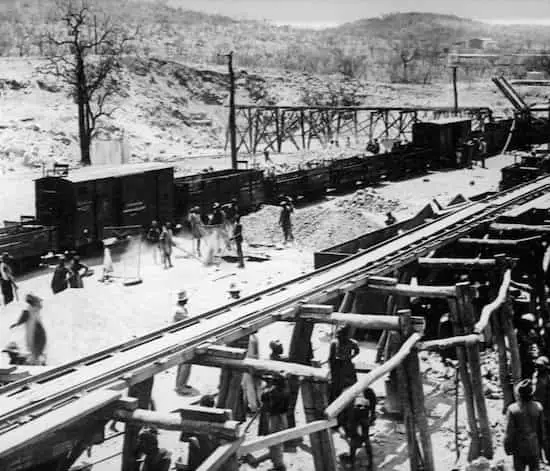
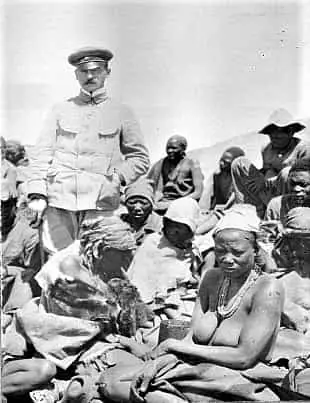
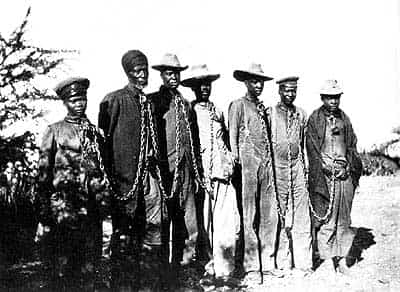
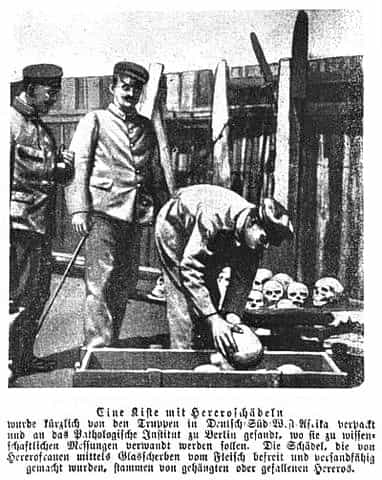

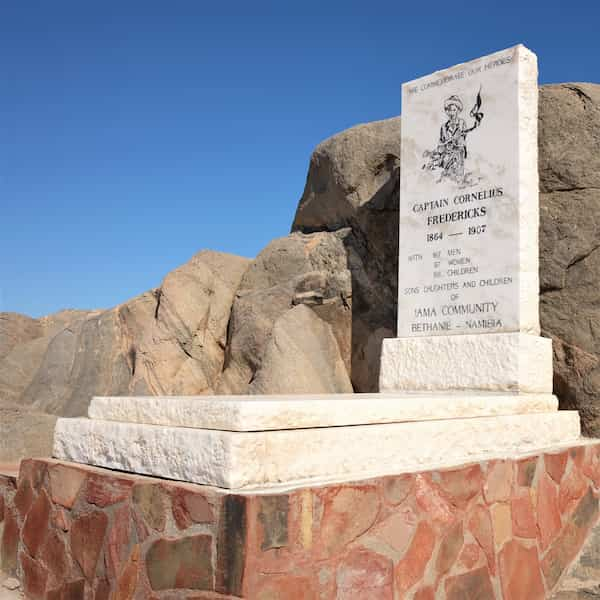



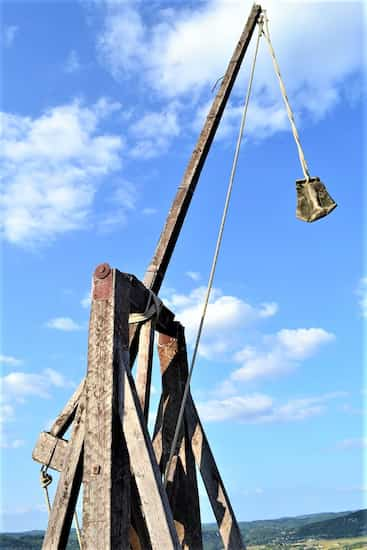
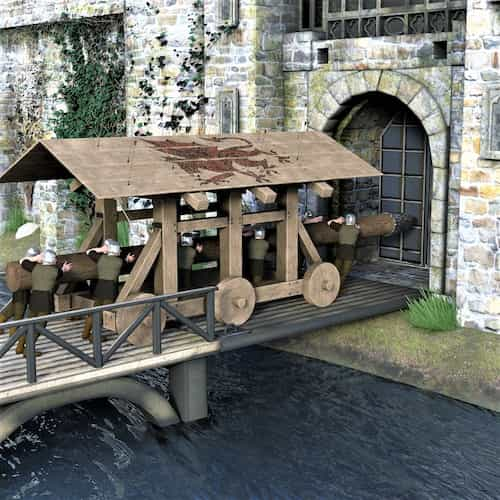

 The political context.
The political context.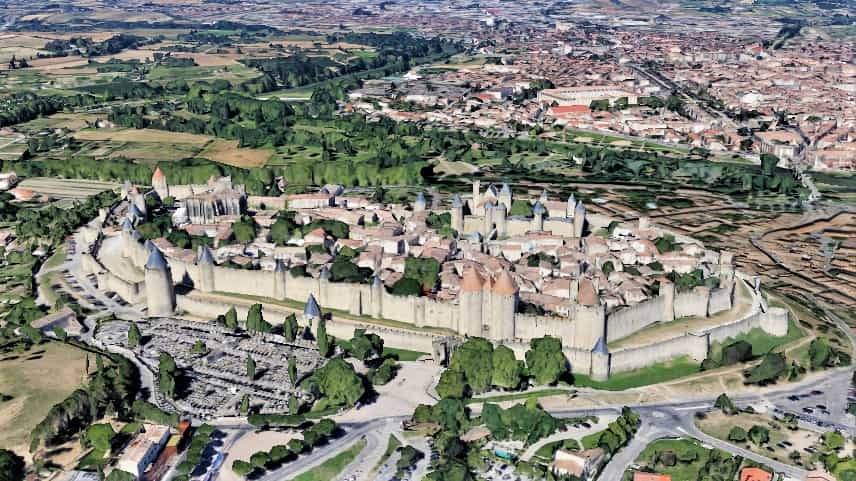
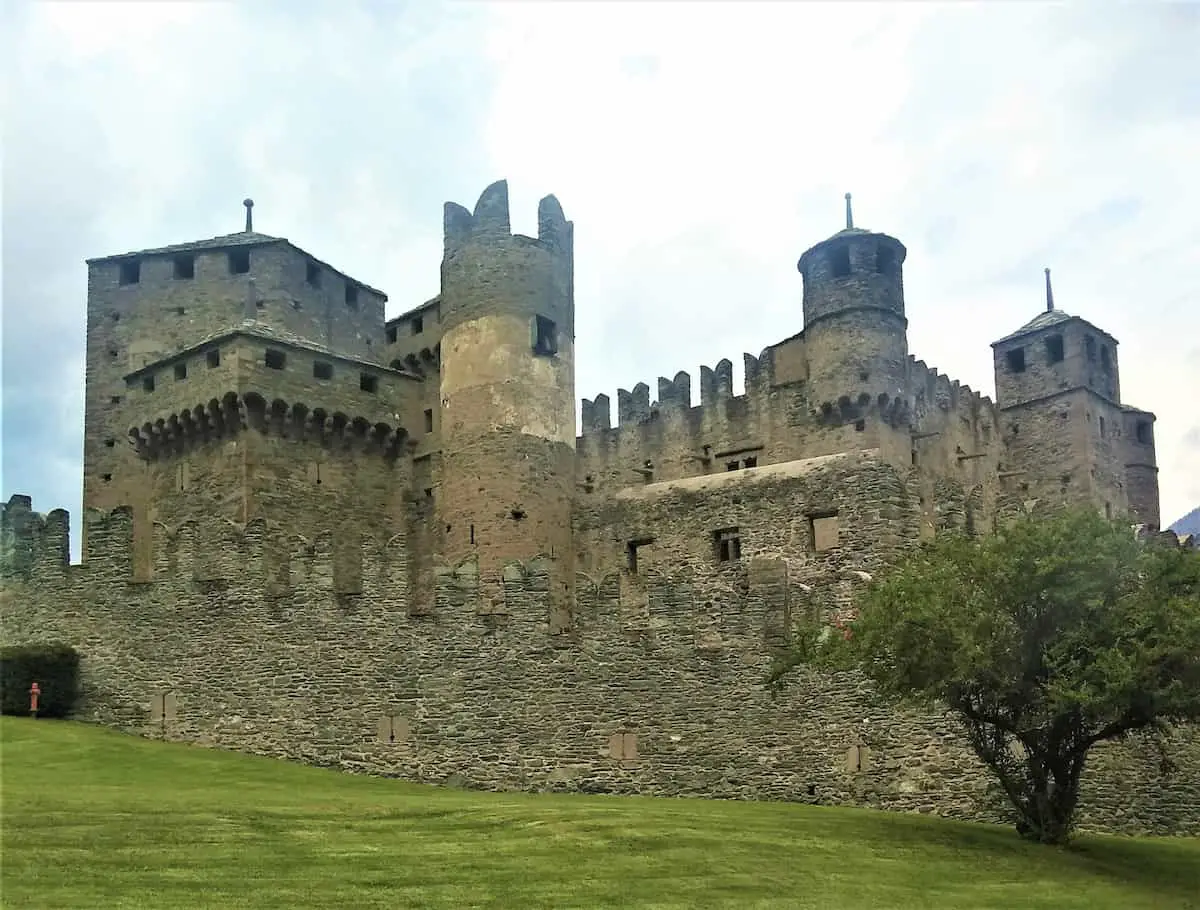
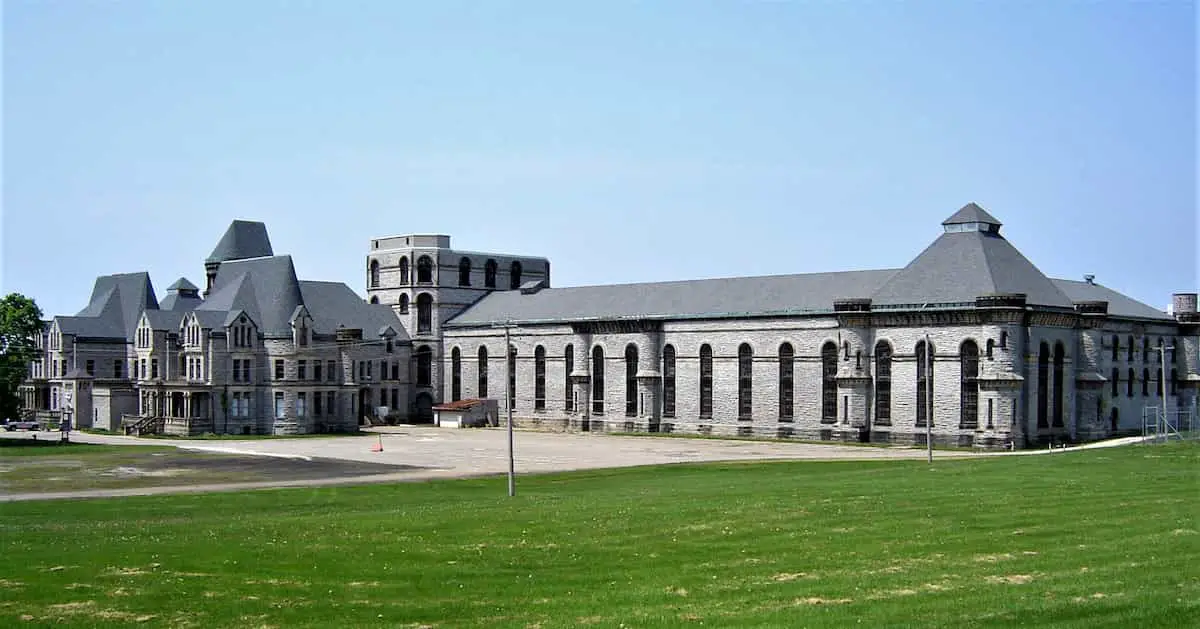
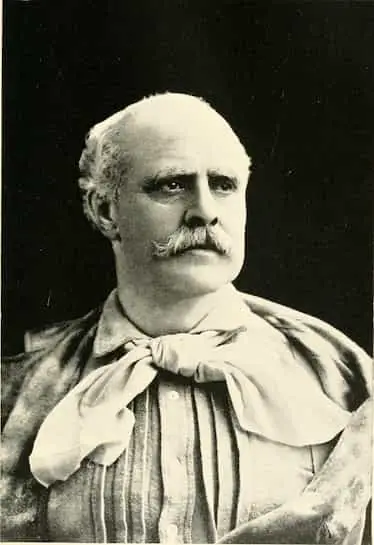

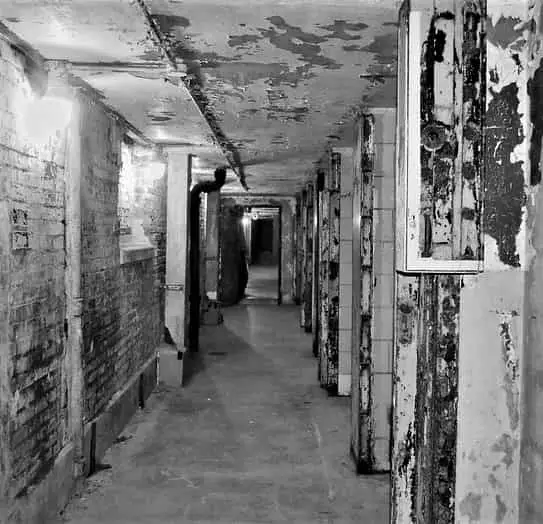
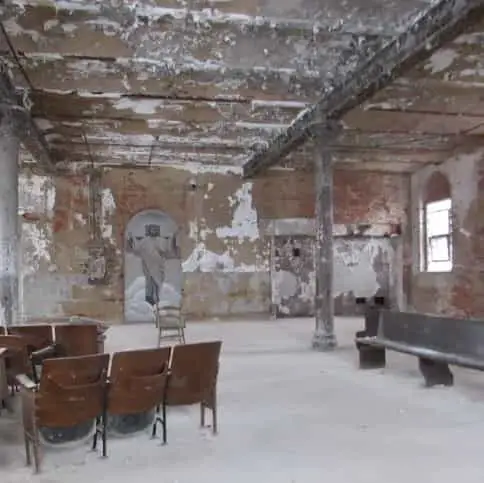
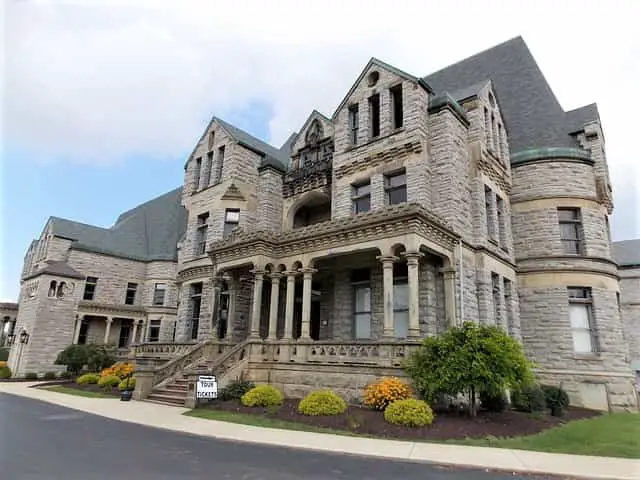 What do the YouTube experts say?
What do the YouTube experts say?



 In the very first years of 1900, something called illustrated songs were widely performed in vaudevilles, theaters, and nickelodeons. The illustrated song consisted of music, often a singer accompanied by piano. Together with the song, still-, or moving images projected from glass slides were shown. They were often done before the show, and in the case of nickelodeons, after, or in between at reel changes.
In the very first years of 1900, something called illustrated songs were widely performed in vaudevilles, theaters, and nickelodeons. The illustrated song consisted of music, often a singer accompanied by piano. Together with the song, still-, or moving images projected from glass slides were shown. They were often done before the show, and in the case of nickelodeons, after, or in between at reel changes.

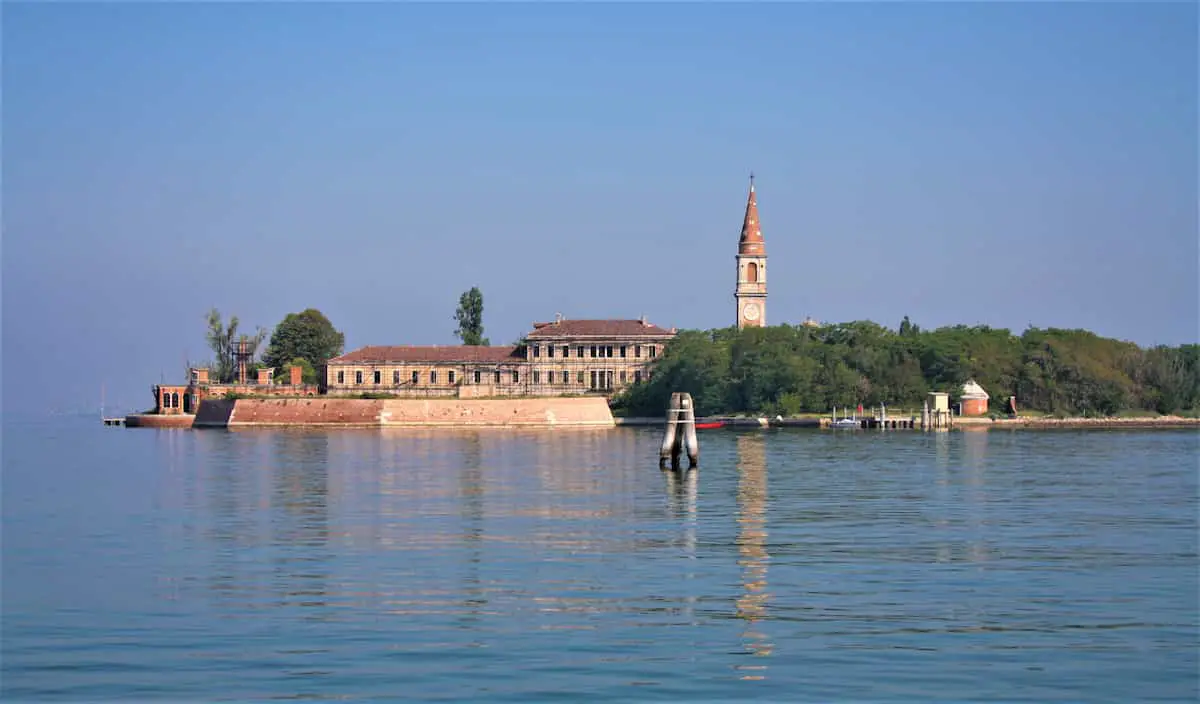

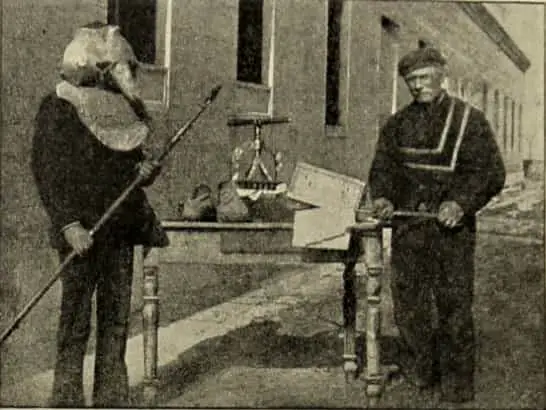
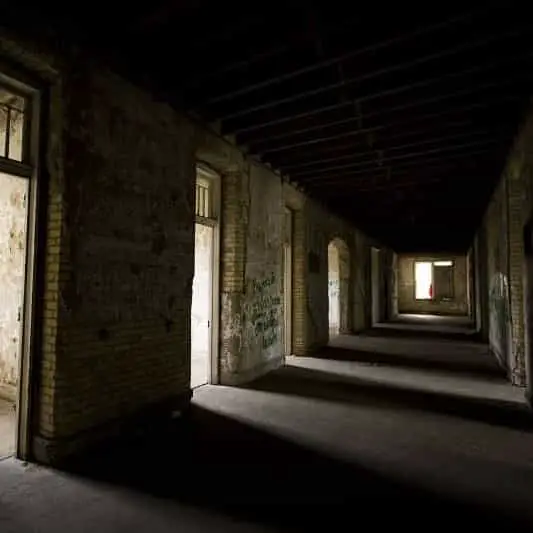
 How to do a TV show.
How to do a TV show.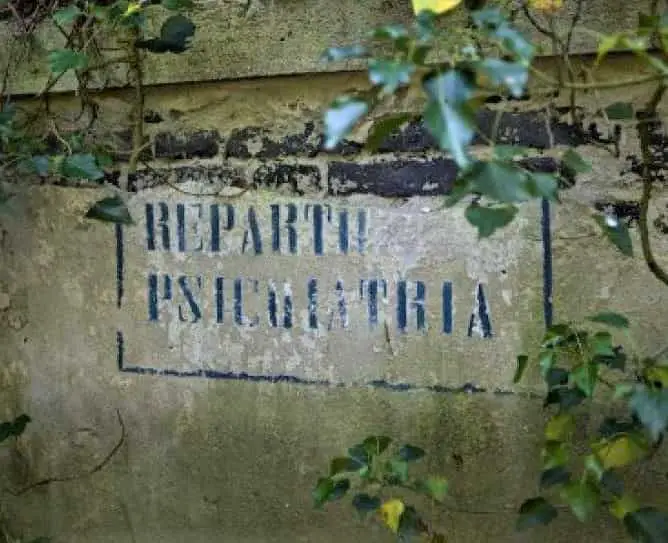


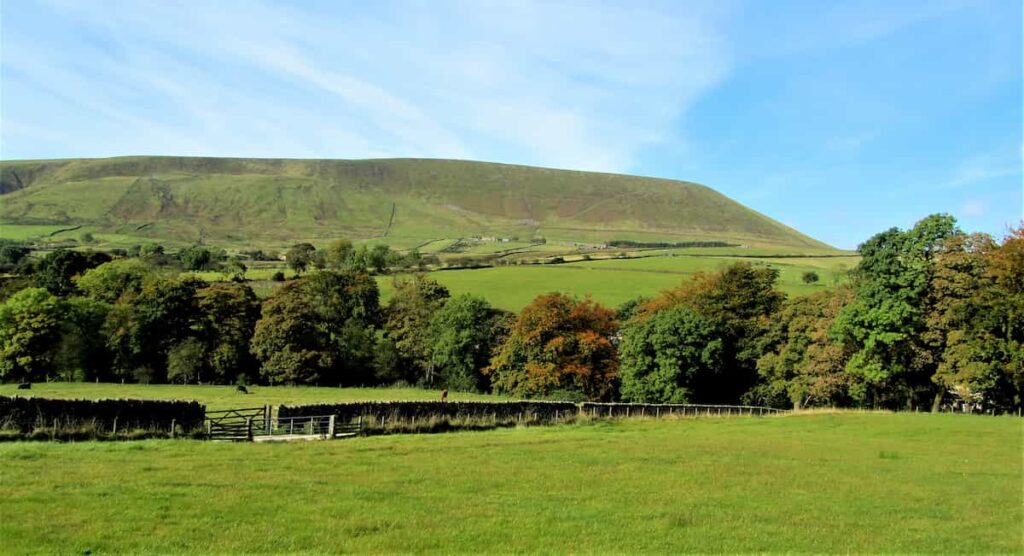

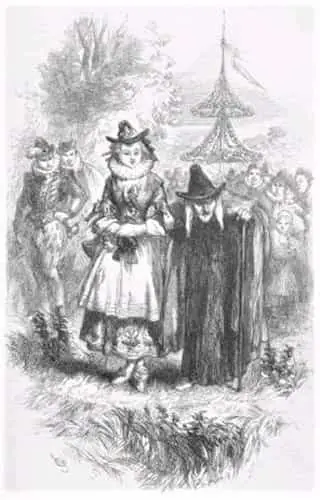
 The Executions
The Executions
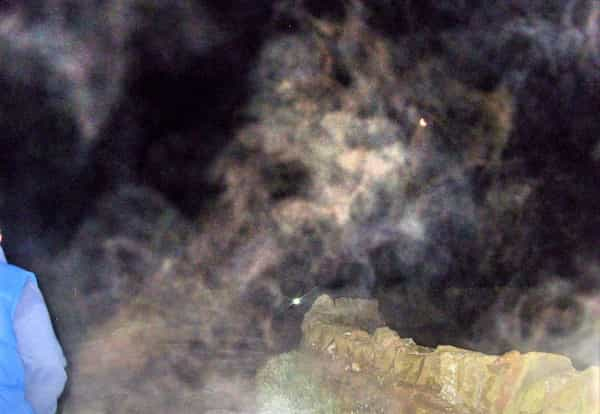 A few of the many observations…
A few of the many observations…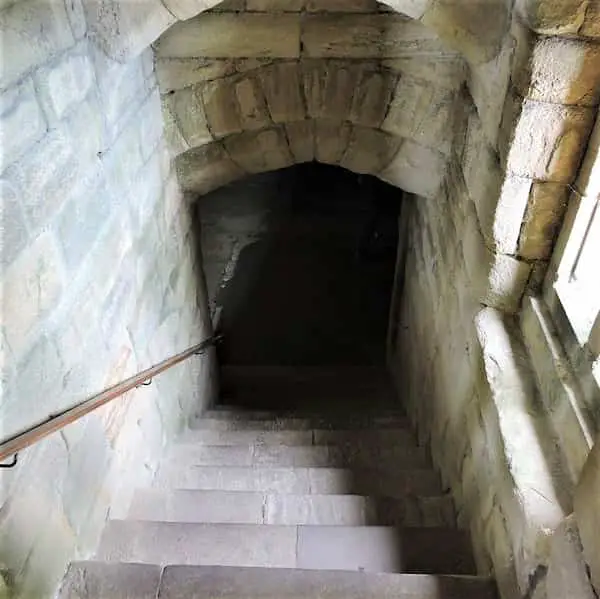 After that, the sightings peaked.
After that, the sightings peaked.
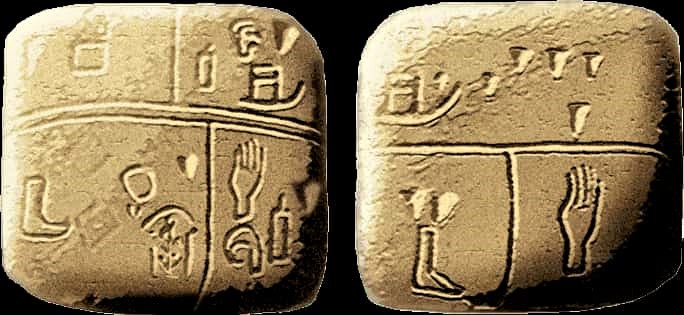
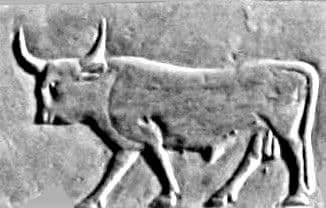


 What defines a Language?
What defines a Language?

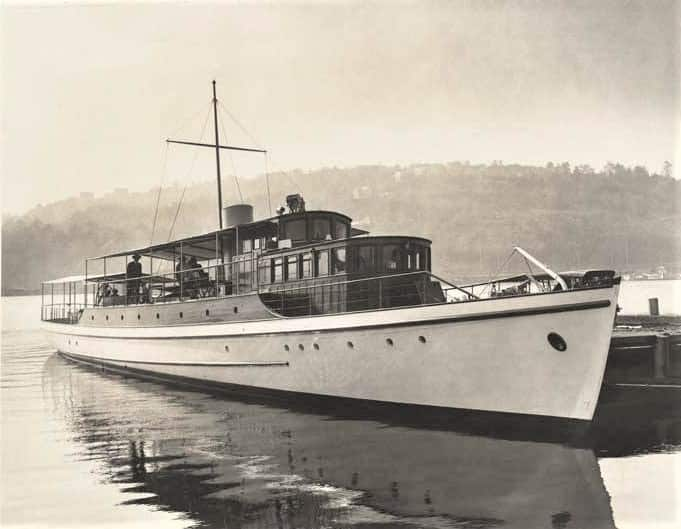 The story doesn’t really add up, though.
The story doesn’t really add up, though. 






 The first football rules and the path to the modern game.
The first football rules and the path to the modern game.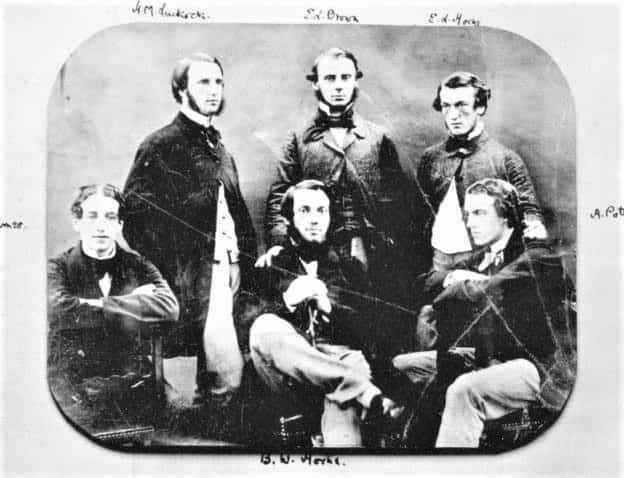
 The history of American Football
The history of American Football